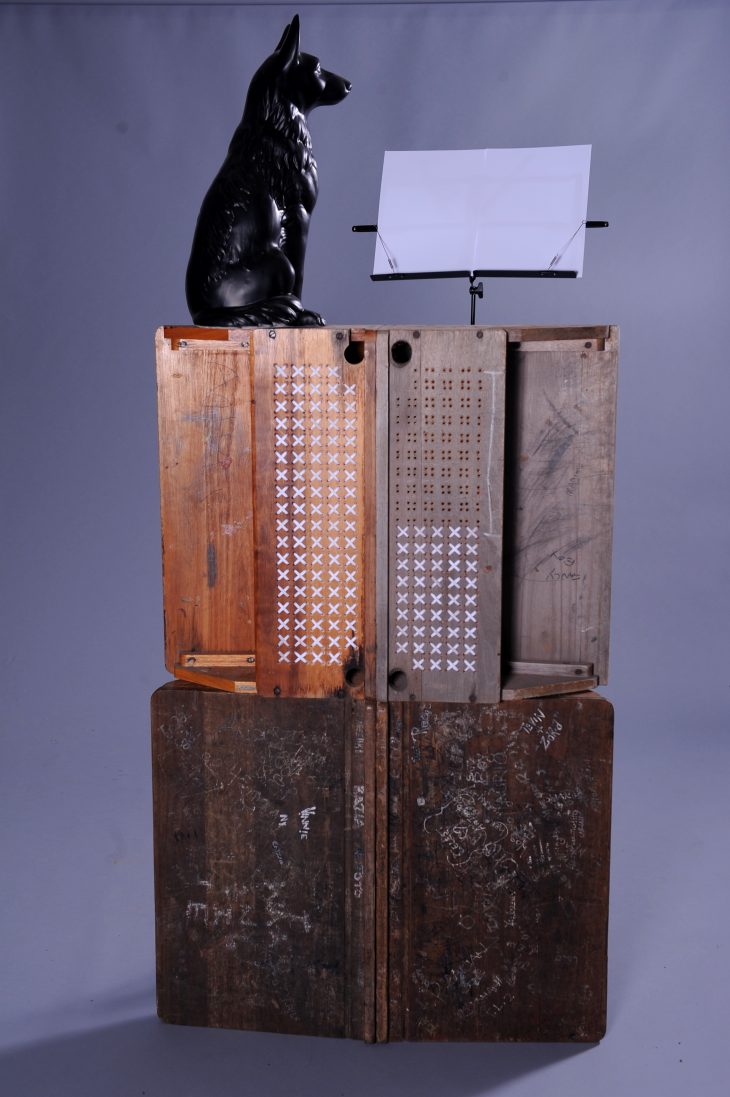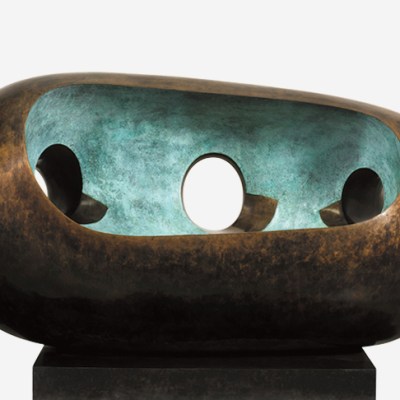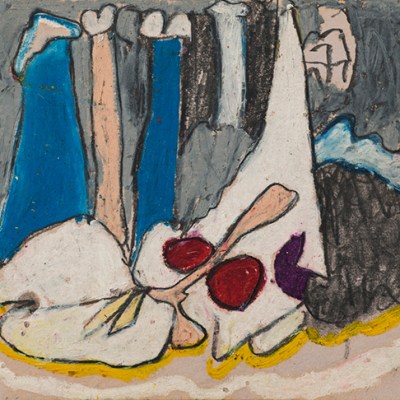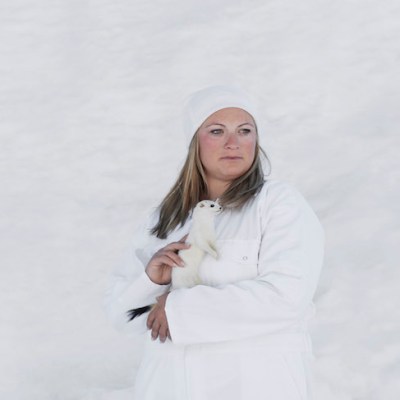With hundreds of exhibitions and events vying for your attention in London during Frieze week, Apollo’s editors pick out the shows they don’t want to miss
‘Art + Revolution in Haiti’ at The Gallery of Everything (until 11 November), Frieze Masters, and 1–54 Contemporary African Art Fair (both 3–7 October)
It’s a seminal tale in the history of Surrealism: in 1945, André Breton visited Port-au-Prince to attend an exhibition of paintings by his friend Wifredo Lam. While in Haiti, Breton delivered an incendiary lecture, railing against ‘white brigandage’, which, so the story goes, inspired the student intelligentsia to revolt. To be sure, Surrealism had a profound effect on the development of modern Haiti – but this ambitious historical exhibition, spanning three venues in London, sets out to demonstrate that the flow of ideas was not one way.
The focus at The Gallery of Everything is the radical Centre d’Art d’Haïti – the island’s first gallery and art school, established in 1944 by DeWitt Peters. A selection of key mid-century works have travelled to London from the Centre, including early cut-outs and sculptures by Georges Liautaud, who was ‘discovered’ by Peters while constructing crucifixes in a cemetery; here, they are displayed alongside works from Breton’s own collection of Haitian art.
untitled (Posession) (c. 1960), Georges Liautaud. © Georges Liautaud; courtesy The Gallery of Everything

For its stall at 1–54 Contemporary African Art Fair, the gallery presents a solo presentation of expansive, abstract canvases by the little-known artist Robert Saint-Brice (d. 1973). At Frieze Masters, I’m particularly looking forward to seeing paintings by the voodoo priest Hector Hyppolite, whose depictions of loas (voodoo spirits) were at the heart of the Haitian modern art movement, and influenced Breton profoundly.
Marinéte pie chè che (MARinÉ I) (c. 1944/46), Hector Hyppolite. Courtesy The Gallery of Everything; © Hector Hyppolite

‘Kemang Wa Lehulere: not even the dead stay grounded’, at Marian Goodman Gallery (until 20 October)
Performance and protest are at the heart of Wa Lehulere’s practice, the result of many years’ experience as an activist in Cape Town. But what sets his recent sculptures and graphic works apart is their tonal range, the result of the artist’s magpie-like approach to history, which brings different narratives to bear on the present political reality of post-apartheid South Africa. At his first UK exhibition, some of the works on show take up the mysterious case of the Malian Dogon people and the Dog Star, Sirius. The French anthropologist Marcel Griaule recorded in the 1930s that, despite the Dogon’s lack of any astronomical technology, the priests’ ancient lore contained accurate references to a dwarf planet, invisible to the naked eye, that circled Sirius on a 50-year orbit. The artist’s sights are set here on the intellectual acrobatics of those European historians who have attempted to explain away the plausibility of this knowledge. Expect sparks.
Untitled (2018), Kemang Wa Lehulere. Courtesy the artist and Marian Goodman Gallery New York, Paris and London; © Kemang Wa Lehulere

‘Sean Scully: Uninsideout’, at Blain|Southern (3 October–17 November)
Sean Scully sees his abstract canvases in a democratic light, believing that colour and geometry comprise a language anyone can read, yielding access to emotional states as immediate and individual as they are universal. He’s certainly struck a chord lately – he has been the subject of no fewer than 10 institutional shows this year, including displays at the Hirshhorn in Washington, D.C., Laing Art Gallery in Newcastle, and Yorkshire Sculpture Park. This overview at Blain|Southern, Scully’s first at the gallery, includes recent multi-panel paintings on aluminium.
What Makes Us Too (2017), Sean Scully. Photo: Robert Bean; courtesy the artist and Blain|Southern; © Sean Scully




